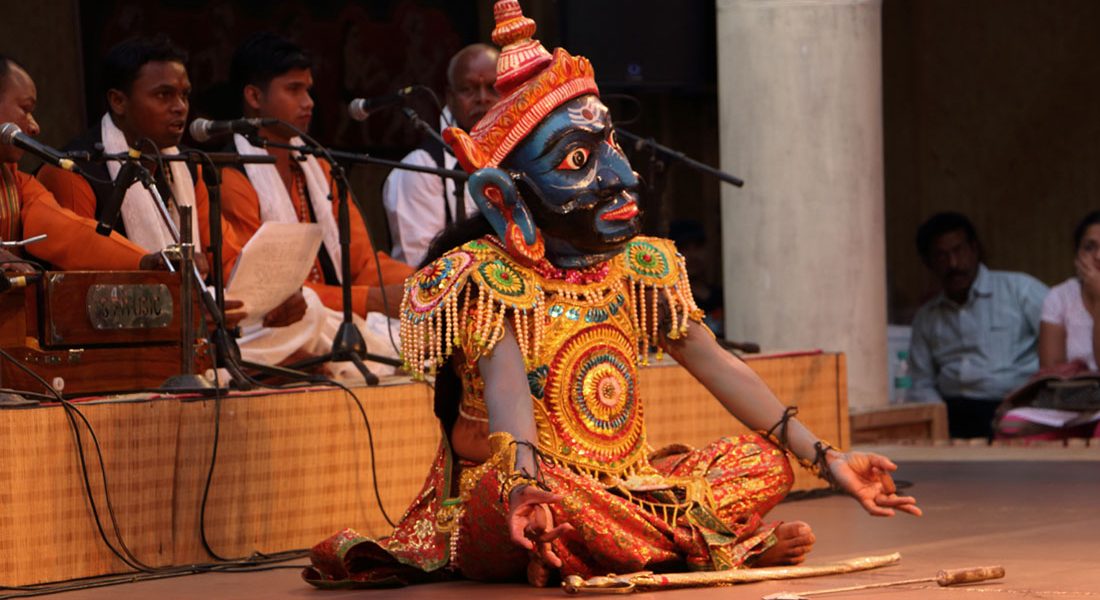The oral traditions and expressions domain encompasses an enormous variety of spoken forms including proverbs, riddles, tales, nursery rhymes, legends, myths, epic songs and poems, charms, prayers, chants, songs, dramatic performances and more. Oral traditions and expressions are used to pass on knowledge, cultural and social values, and collective memory. They play a crucial part in keeping cultures alive.
Some types of oral expression are common and can be used by entire communities while others are limited to particular social groups, only men or women, perhaps, or only the elderly. In many societies, performing oral traditions is a highly specialized occupation and the community holds professional performers in the highest regard as guardians of collective memory. Such performers can be found in communities all over the world. While poets and storytellers in non-Western societies such as the griots and dyelli from Africa are well known, there is also a rich oral tradition in Europe and North America. In Germany and the USA, for example, there are hundreds of professional storytellers.
Because they are passed on by word of mouth, oral traditions and expressions often vary significantly in their telling. Stories are a combination – differing from genre to genre, from context to context and from performer to performer – of reproduction, improvisation, and creation. This combination makes them a vibrant and colorful form of expression, but also fragile, as their viability depends on an uninterrupted chain passing traditions from one generation of performers to the next.
Although language underpins the intangible heritage of many communities, the protection and preservation of individual languages are beyond the scope of the 2003 Convention, though they are included in Article 2 as a means of transmitting intangible cultural heritage. Different languages shape how stories, poems, and songs are told, as well as affecting their content. The death of a language inevitably leads to the permanent loss of oral traditions and expressions. However, it is these oral expressions themselves and their performance in public that best help to safeguard a language rather than dictionaries, grammars, and databases. Languages live in songs and stories, riddles and rhymes and so the protection of languages and the transmission of oral traditions and expressions are very closely linked.
Like other forms of intangible cultural heritage, oral traditions are threatened by rapid urbanization, large-scale migration, industrialization, and environmental change. Books, newspapers and magazines, radio, television and the Internet can have an especially damaging effect on oral traditions and expressions. Modern mass media may significantly alter or over replace traditional forms of oral expression. Epic poems that once took several days to recite in full may be reduced to just a few hours and traditional courtship songs that were sung before marriage may be replaced by CDs or digital music files.
The most important part of safeguarding oral traditions and expressions is maintaining their everyday role in society. It is also essential that opportunities for knowledge to be passed from person-to-person survive; chances for elders to interact with young people and pass on stories in homes and schools, for example. Oral tradition often forms an important part of festive and cultural celebrations and these events may need to be promoted and new contexts, such as storytelling festivals, encouraged to allow traditional creativity to find new means of expression. In the spirit of the 2003 Convention, safeguarding measures should focus on oral traditions and expressions as processes, where communities are free to explore their cultural heritage, rather than as products.
Communities, researchers and institutions may also use information technology to help safeguard the full range and richness of oral traditions, including textual variations and different styles of performance. Unique expressive features, such as intonation and a much larger number of varying styles, can now be recorded as audio or video, as can interactions between performers and audiences and non-verbal story elements including gestures and mimicry. Mass media and communication technologies can be used to preserve and even strengthen oral traditions and expressions by broadcasting recorded performances both to their communities of origin and to a wider audience.

